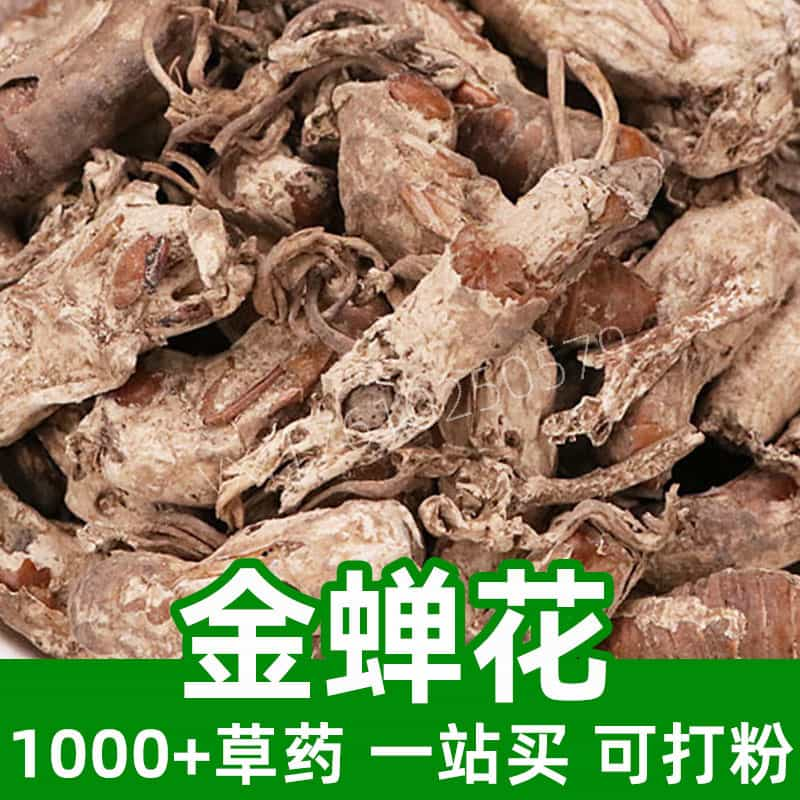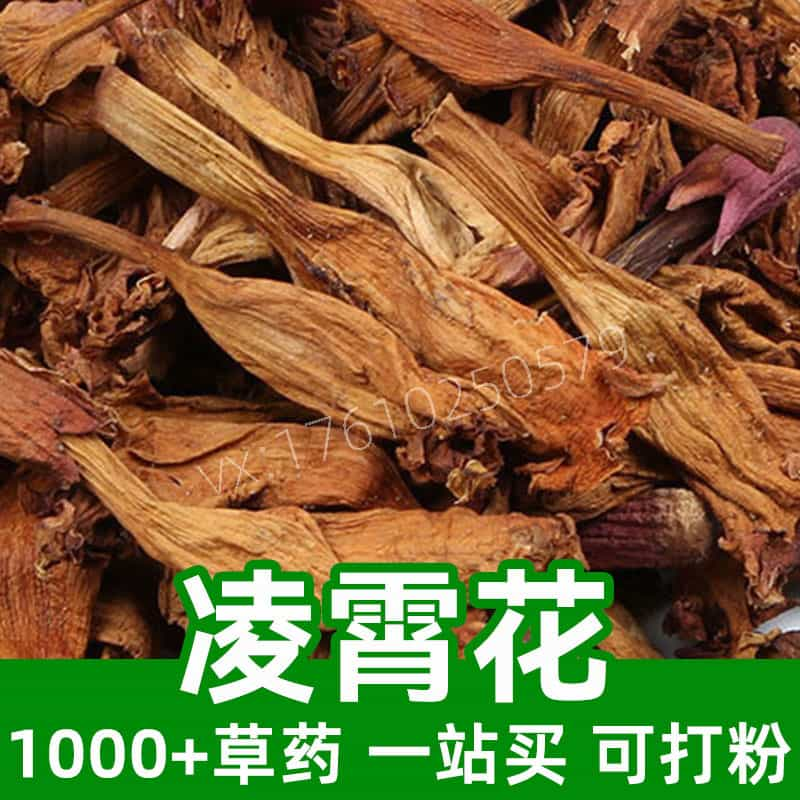Kudzu Root (Radix Puerariae) Product Introduction
Kudzu root, also known as Radix Puerariae, is a traditional herbal medicine. Its main components include puerarin, daidzin, and soy isoflavones. It is primarily sourced from southern China, with major production areas in Yunnan, Guangxi, and Guangdong, and smaller amounts from countries like Japan and Thailand. Kudzu root has a long history in traditional Chinese medicine and is widely used for clearing heat, detoxifying, moistening the lungs, relieving coughs, and addressing hangovers. Common preparations include decoctions, powders, and oral liquid formulations. It is highly valued for its medicinal properties and broad clinical applications and is considered a safe and effective herbal remedy.
Main Active Components of Kudzu Root (Radix Puerariae)
Kudzu root is a vital medicinal herb, with the following key active components:
- Puerarin:
- A primary active compound with antioxidant, anti-inflammatory, blood pressure-lowering, and cardiovascular protective properties.
- Studies indicate that puerarin inhibits angiotensin-converting enzyme, reducing blood pressure and improving cardiovascular health.
- Daidzin:
- Another essential compound, including daidzein and daidzin-trisaccharides, which exhibit antibacterial, antiviral, and anticancer properties.
- Supports immune function and helps prevent colds and respiratory infections.
- Soy Isoflavones:
- Act as phytoestrogens, beneficial for regulating the endocrine system, alleviating menopausal symptoms, and improving bone density.
- Other Components:
- Contains trace elements, vitamins, and proteins. Elements like zinc and magnesium enhance immunity, while vitamin C provides antioxidant effects.
In summary, kudzu root's primary components—puerarin, daidzin, and soy isoflavones—offer antioxidant, anti-inflammatory, blood pressure-lowering, and immune-boosting benefits, contributing to cardiovascular health and endocrine regulation.
Applications and Usage of Kudzu Root (Radix Puerariae)
Kudzu root is widely used in traditional medicine and food industries, with varied applications depending on the context.
- In Traditional Medicine:
- Heat Clearing and Detoxification: Treats fever, headaches, and dry mouth.
- Phlegm Reduction and Cough Relief: Useful for respiratory issues like coughs and throat inflammation.
- Blood Pressure Reduction: Puerarin helps manage hypertension.
- Antioxidant Effects: Flavonoids help delay aging and prevent cardiovascular diseases.
- In the Food Industry:
- Health Supplements: Used in functional foods to regulate endocrine health and boost immunity.
- Beverages: Incorporated in teas and soups for cooling and refreshing effects.
- Seasoning: Kudzu powder enhances flavor while adding nutritional value.
- Usage Guidelines:
- Decoctions: Typically 15–30 grams boiled in water; also used as part of compound formulas.
- Teas: Sliced or powdered kudzu brewed as tea, consumed 1–2 times daily.
- Extracts: Dosage varies by product specifications; follow instructions.
Kudzu root’s diverse applications suit various symptoms and requirements, but proper use under medical guidance or per product instructions is essential.
Plant Source, Distribution, and Growth Conditions of Kudzu Root
Kudzu root, derived from the root of Pueraria species in the legume family, is a perennial climbing herb widely used in traditional medicine and food industries.
- Plant Characteristics:
- A vine-like herb with slender, climbing stems.
- Palmate compound leaves with three broad, glossy leaflets.
- Blue-purple or white flowers in elongated clusters, blooming in summer.
- Distribution:
- Native to southern China, mainly found in Yunnan, Guangxi, and Guangdong.
- Also grows in Southeast Asia, Japan, and parts of South Asia, though less abundantly.
- Growth Environment:
- Thrives in warm, humid climates at altitudes of 200–1500 meters.
- Prefers fertile, well-drained soil with moderate pH and ample sunlight.
- Requires support structures or surrounding vegetation for climbing.
- Cultivation Methods:
- Propagated via seeds or root division.
- Planting involves soil preparation, sowing, and transplanting.
- Needs regular fertilization, watering, and weed control for optimal growth.
Kudzu root is an essential herbal resource, well-suited for cultivation in warm, low-altitude areas with proper care and management.
Harvesting, Processing, and Storage of Kudzu Root
The quality and efficacy of kudzu root depend on appropriate harvesting, processing, and storage practices.
- Harvesting Time:
- Best harvested in autumn or early winter when nutrients are concentrated in the roots.
- Harvesting Method:
- Uproot the entire plant using tools like shovels or sickles, avoiding root damage.
- Clean and rinse roots thoroughly, then air-dry for 1–2 days.
- Processing:
- Slice or segment the roots for easier use and processing.
- Handle carefully to preserve integrity and active components.
- Drying:
- Dry slices or segments at low temperatures or air dry naturally.
- Avoid high heat, which can degrade medicinal properties.
- Storage:
- Store dried kudzu in cool, dry, and ventilated conditions.
- Use airtight containers to prevent moisture and mold.
- Typically, shelf life is about one year.
- Pest Prevention:
- Inspect regularly during storage and remove any infested or moldy portions.
Proper handling ensures kudzu root retains its medicinal and nutritional value for safe and effective use.
Monica Sun is a seasoned expert in the natural raw materials industry, with over a decade of experience specializing in traditional Chinese medicinal herbs, spices, and fungi. She is skilled in the sourcing, processing, and application of these materials, emphasizing sustainability and innovation. Monica Sun has contributed to the development of high-quality natural raw materials that serve as essential components in functional foods, pharmaceuticals, and cosmetics, delivering tailored solutions to meet diverse market needs.













